This website uses cookies to help you browse on the website/ web. By using the website you agree on our policy on cookies.
Close
All You Need to Know About Iceland's Ring Road
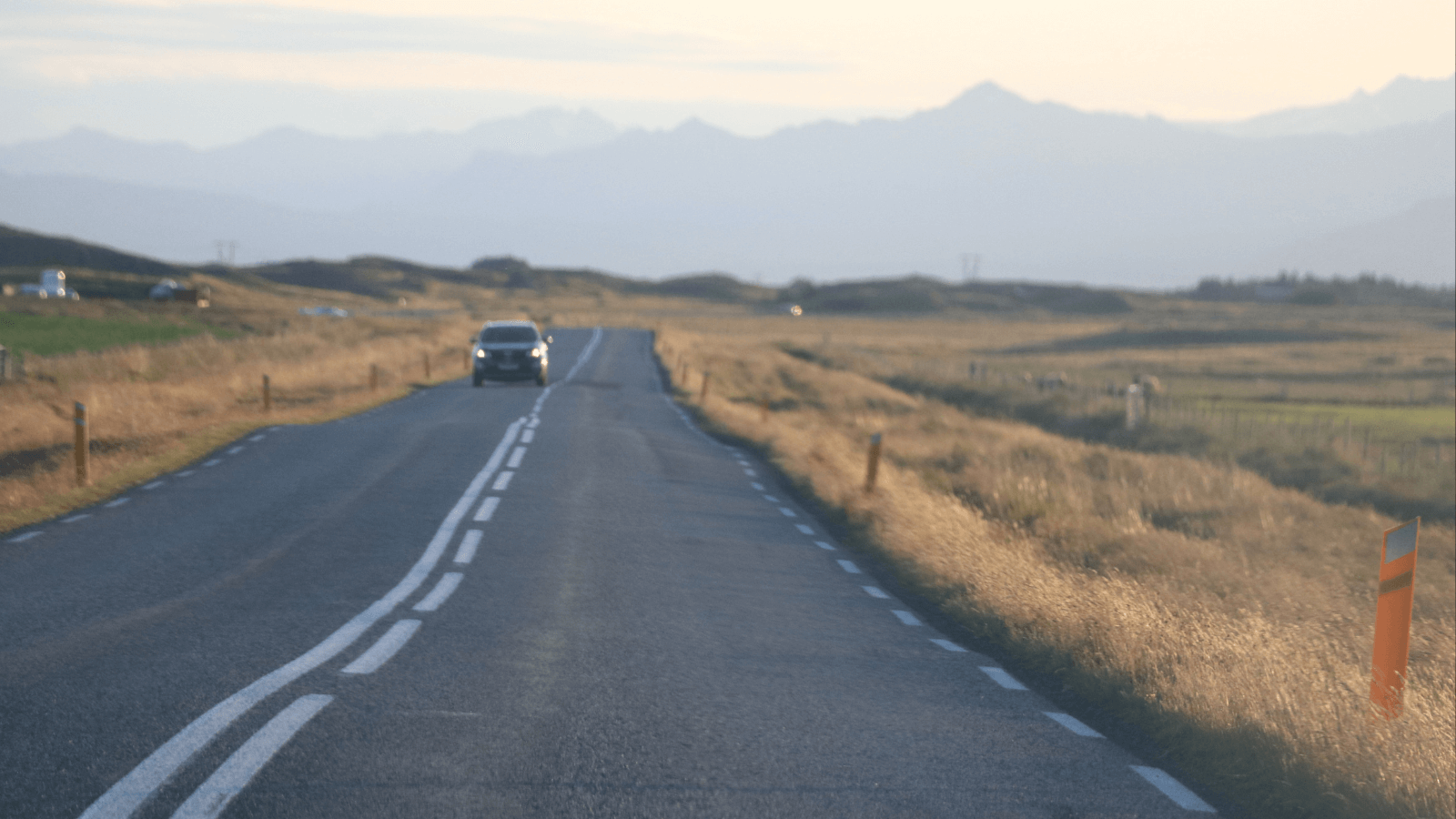
Iceland is well known for its otherworldly landscapes, hypnotic waterfalls and geothermal baths, all of which can be discovered along Iceland’s infamous Ring Road, also known as Route 1. This is the country’s main road, which encircles the entire island. For many, traveling the Ring Road is the epic bucket list road trip, and we’re not about to disagree. Getting out on the open road and experiencing the far reaches of the island in a rental car really is the best way to have an authentic Icelandic experience. So if hitting the Ring Road appeals to you - read on. We’ve gathered all the information you’ll need for the most unforgettable road trip of your life - from driving tips to the best things to see. Let’s get planning!
Facts About Iceland’s Ring Road
Any time you plan a road trip, it’s important to do your research ahead of time. Here are some helpful tips for you to learn before heading out onto Iceland’s Ring Road.
- The road measures 1,332 km (828 miles) long
- 98% of the road is paved, so it can be easily driven on. However, conditions do vary between summer and winter. All of our rental cars come equipped with snow tires during the winter to help you have a smooth journey
- The speed limit along most of the road is 90 kmph (55 mph)
- Driving the whole Ring Road without making stops would take about 15-17 hours, but most people spend a week or more on the route to fully enjoy themselves
- Unlike some roads in other countries, driving the Ring Road doesn’t involve any tolls or fees, making it accessible and budget-friendly for visitors
- More than 75% of Iceland's population lives within a few miles of the Ring Road, making it not only an epic road trip opportunity for tourists but also an important part of the country’s infrastructure for locals
- Construction of the Ring Road was completed in 1974, marking the first time Iceland’s major regions were fully connected by a road
How to Drive the Ring Road
Driving in Iceland can present a unique set of challenges, which even experienced drivers are unlikely to have encountered in other countries. The roads in Iceland are unpredictable, and their drivability is often dependent on weather conditions. When driving the Ring Road, it is important to take your time, stick to the speed limits and pay attention to road signs. Always drive on the right side of the road, and keep an eye out for animals which may be in your path.
It is possible to drive the entire Ring Road route in 16 hours, given good road conditions and a constant flow of traffic. However, we recommend taking a week or so to venture the route, allowing enough time to be flexible and stop off at various sights and attractions. You may even wish to take two weeks to explore the Ring Road, especially if you are planning your trip in the winter season (October-March).
Always make sure that your car is fueled up when exploring Iceland. Some of the more remote areas in Iceland have few gas stations to offer, so planning is imperative. Most parts of the Ring Road have gas stations dotted around quite regularly, so you shouldn’t encounter any issues as long as you fuel up when you need to. Find out more about gas stations in Iceland.
Do I Need a 4x4 to Drive the Ring Road?
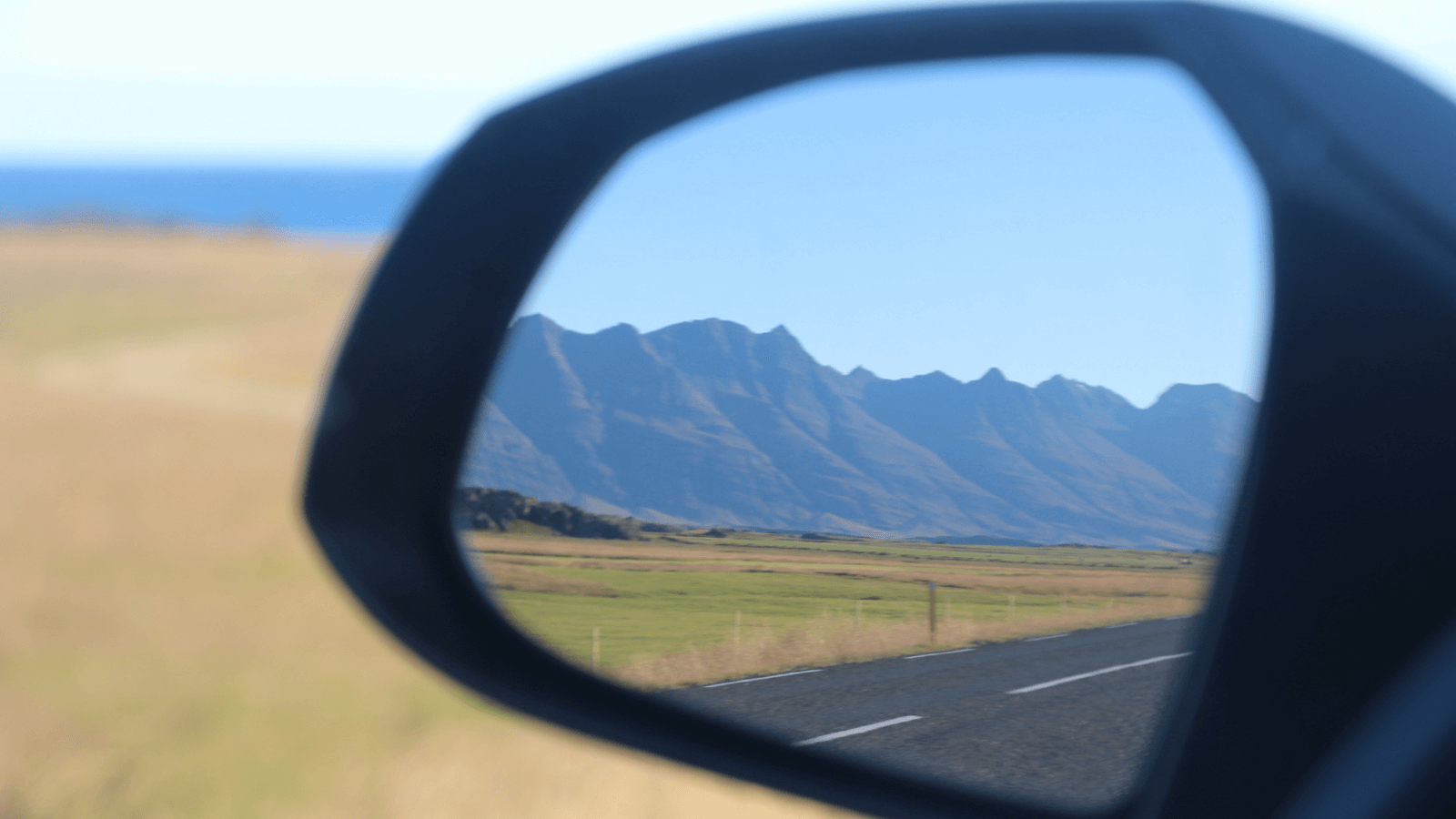
Strictly speaking, a 4x4 vehicle is not required to drive the Ring Road. The roads are all well maintained year round and largely paved, meaning that most typical cars can easily make the trip without issue. However, if you plan to travel the Ring Road in winter, it’s advisable to rent a 4x4 in case you get caught out by the weather. Snowy and icy conditions can prove difficult to manoeuvre, and 4x4 can help you drive more easily and safely.
In addition, it would be a good idea to rent a 4x4 if you plan to venture off the Ring Road to explore some attractions that are off the beaten track. Renting a 4x4 also allows you to be more spontaneous and visit areas you might learn about along the way that you perhaps didn’t initially plan to include in your itinerary.
If you are looking to broaden your horizons and set off into the Icelandic highlands (open June-September), you will need to rent a four-wheel-drive vehicle. Take a look at our range of 4wd cars here.
The Best Ring Road Attractions
Iceland’s Ring Route offers brilliant picturesque scenery every step of the way. On clear days, the view from your car can often stretch endlessly towards glaciers, waterfalls, farmlands, hot springs and villages. Here are just some of the many attractions you can see along the Ring Road route.
Hveragerdi
Hveragerdi is a small town in southern Iceland, filled with geothermal activity. The town is the starting point for the hike to Reykjadalur, which offers hikers the opportunity to bathe in warm rivers.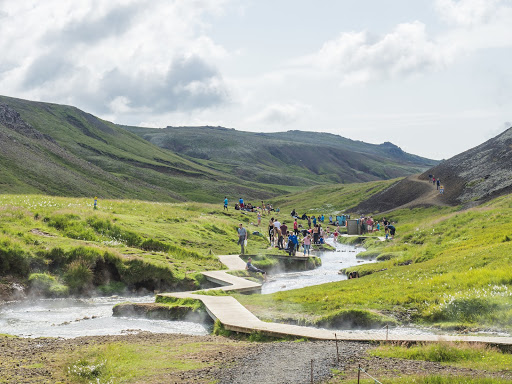
Seljalandsfoss
One of Iceland’s most popular landmarks, this waterfall is just 100m off the Ring Road. This waterfall offers immense beauty, and visitors can actually walk around the back of it during the summer months.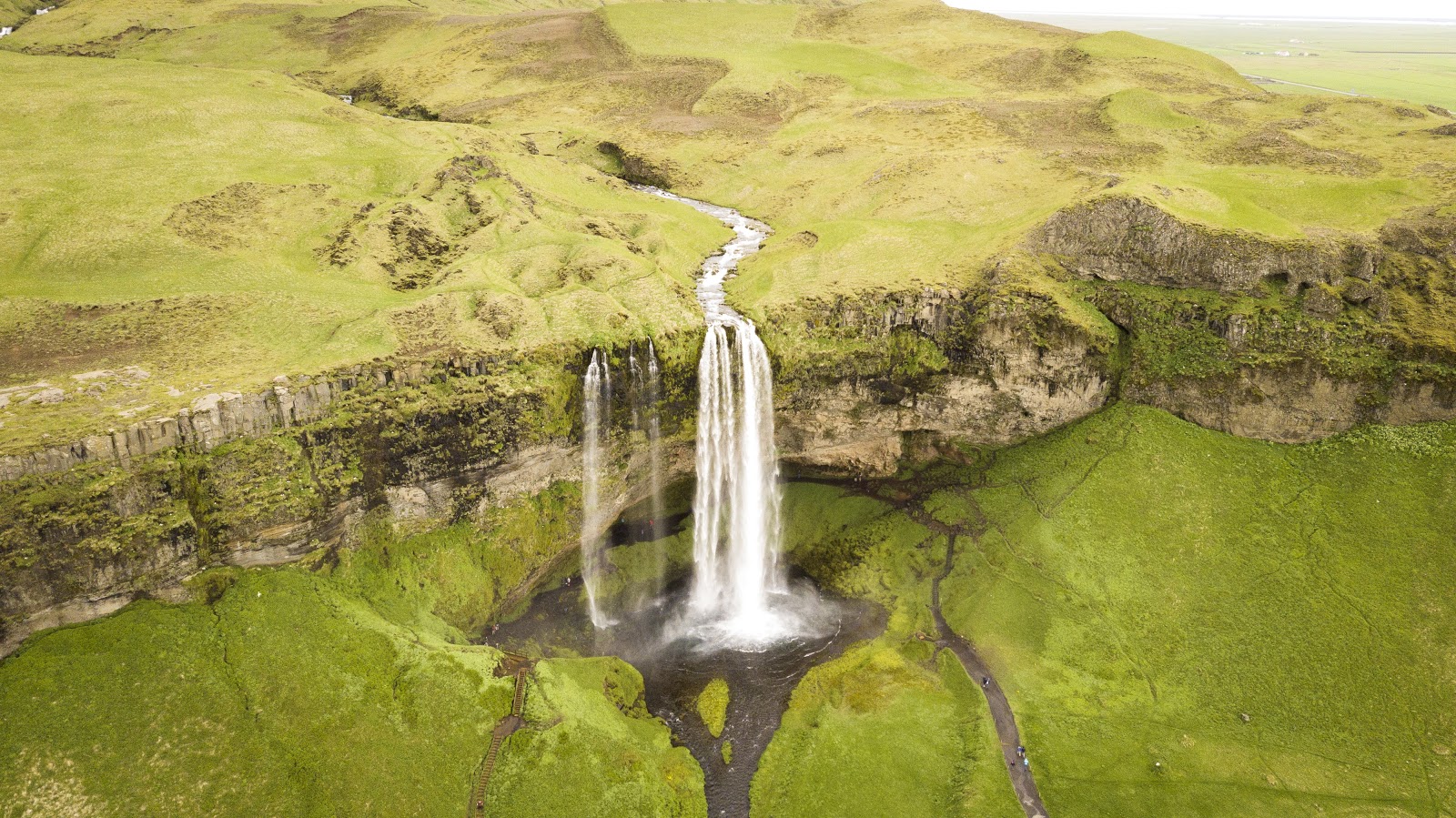
DC3 Plane Wreck
An other-worldly site located in South Iceland, with the shell of the wreckage lying on the deep black sands at Sólheimasandur
Dyrholaey
Dyrholaey is home to a wealth of birdlife, especially the Atlantic Puffin colonies. With cliffs on the sea and black sandy beaches, this is definitely the place to visit.
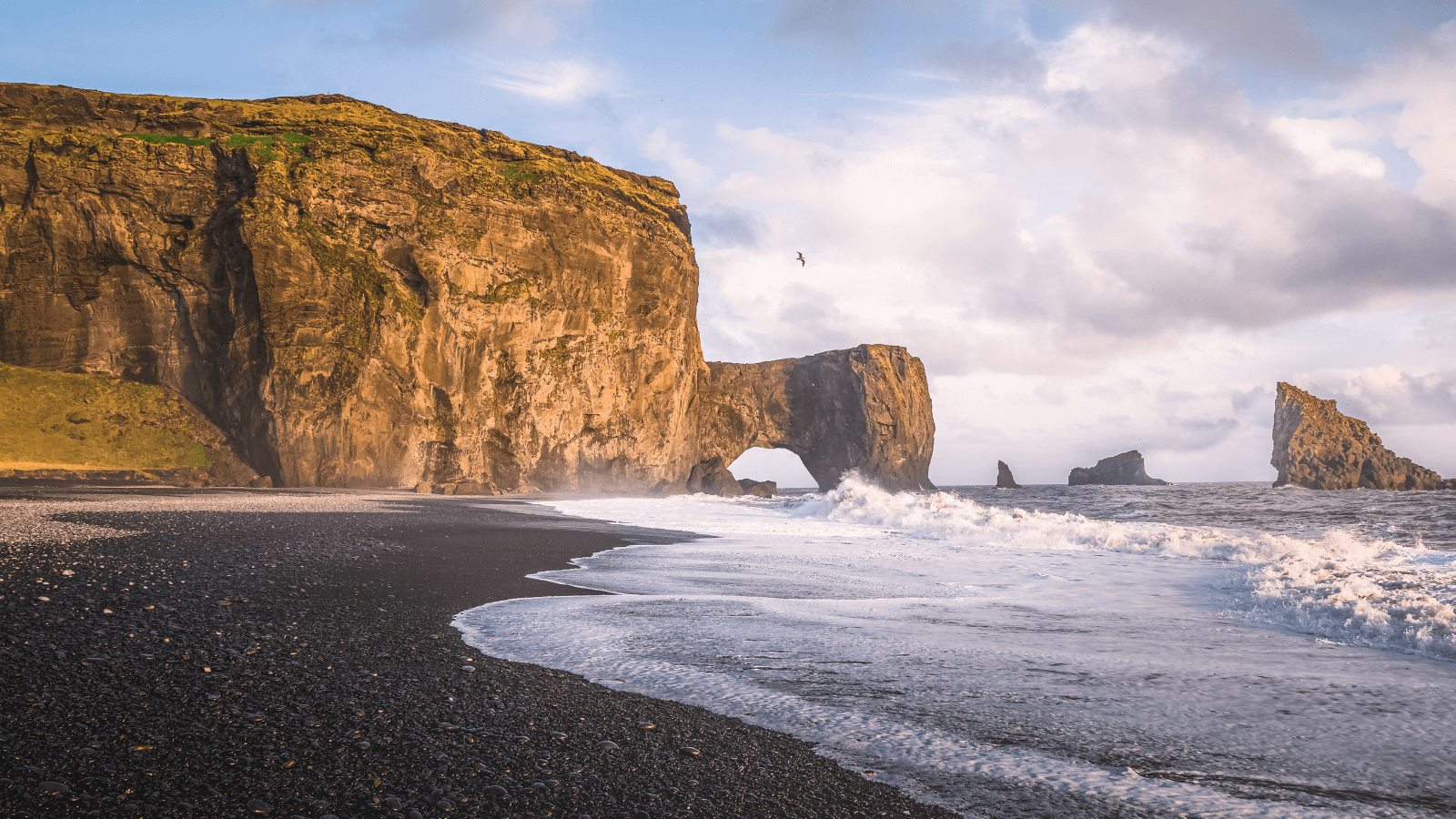
Skogafoss
A very impressive waterfall, which is also the starting point of the Fimmvorduhals hike, taking visitors to the infamous Eyjafjallajokull volcano.
Jokulsarlon
Jokulsarlon glacier lagoon is one of Iceland’s most visited attractions. With huge chunks of glacial ice floating out to the ocean, this lagoon is also one of the most photographed landmarks in the country. You may also be lucky enough to see seals in the lagoon.
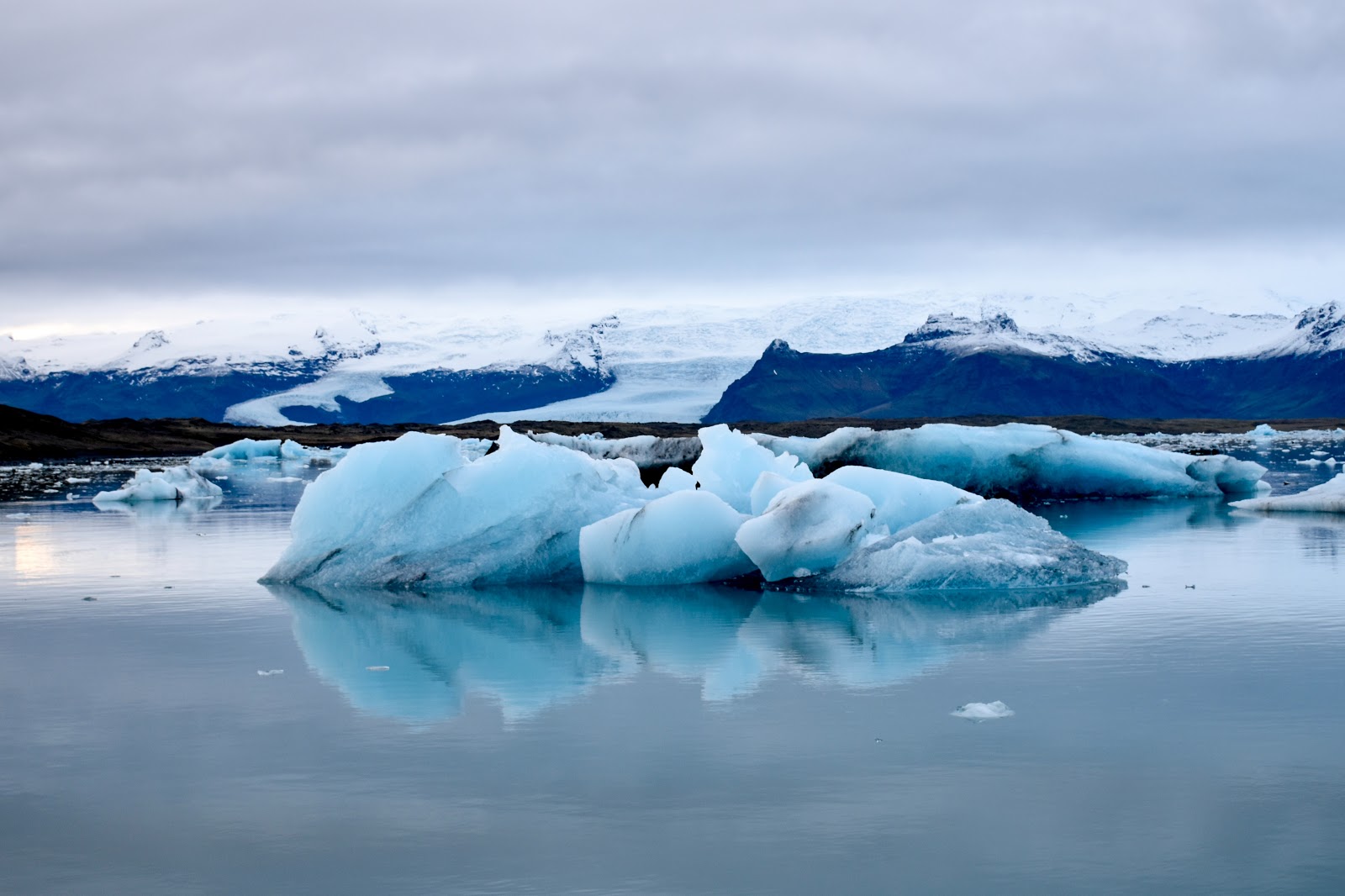
Diamond Beach
With crystal shards of clear ice and deep black sands, this infamous Icelandic beach gets its name from its outstanding beauty. Diamond Beach is also conveniently located just across from Jokulsarlon Glacier Lagoon.

Snaefellsnes Peninsula
Often described as ‘Iceland in Miniature’, the peninsula offers examples of most of Iceland’s natural wonders in one location. See famous landmarks like Kirkjufell Mountain and Ytri Tunga Beach.

Your 7-Day Ring Road Itinerary
Now you have all you need to prepare to tackle the Ring Road. All that’s left is to plan what stops you want to make along the way. There are endless ways to break up the journey and spend a week on Iceland’s Ring Road, but we’ve put together our top suggestions for a 7-day road trip along Route 1.
Day 1: Reykjavik to Vik (South Coast)
Distance: ~118 miles (190 km)
Depart Reykjavik and begin your journey by heading towards Iceland’s south coast. Your final destination for the day will be the town of Vik where you can spend the night, but there are a few stops worth making along the way.
Stops:
- Seljalandsfoss Waterfall
- Skógafoss Waterfall
- Reynisfjara Black Sand Beach
Optional Stop: Gljúfrabúi Waterfall (hidden behind a cliff)
Day 2: Vik to Höfn (Southeast Iceland)
Distance: ~168 miles (270 km)
Head out of Vik and further along the Ring Road, which will take you towards Southeast Iceland. Your final destination for the day is the picturesque fishing town of Höfn, where you can spend a relaxing evening.
Stops:
- Fjaðrárgljúfur Canyon
- Skaftafell National Park
- Jökulsárlón Glacier Lagoon
- Diamond Beach
Day 3: Höfn to Egilsstaðir (Eastfjords)
Distance: ~155 mi (250 km)
On day three, head out of Höfn and venture into Iceland’s dramatic Eastfjords for amazing fjord landscapes and charming fishing villages. Your ultimate destination for the day will be the town of Egilsstaðir, but there’s plenty to see along the way.
Stops:
- Eastfjords Scenic Drive
- Djúpivogur Village
- Hengifoss Waterfall
Day 4: Egilsstaðir to Lake Mývatn (North Iceland)
Distance: ~106 miles (170 km)
Day 4 will see you venturing into north Iceland for serene beauty and quiet attractions. Depart Egilsstaðir and head north on the Ring Road towards your final destination of Lake Mývatn, a gorgeous volcanic lake. In the area are the Mývatn Nature Baths, naturally heated by hot springs. They make for a perfect spa experience. After a long day on the road sightseeing, this is the perfect area to relax and spend the night.
Stops:
- Dettifoss Waterfall
- Hverir Geothermal Area
- Mývatn Nature Baths
Day 5: Lake Mývatn to Akureyri (North Iceland)
Distance: ~62 mi (100 km)
Day 5 will take you further north, to the region’s biggest town (and Iceland’s second biggest): Akureyri. The town is known for its scenic harbor and vibrant culture. It’s an excellent base for exploring the northern part of the country, with plenty of accommodation and restaurants to choose from. Make sure to enjoy the scenery and stops along the way.
Stops:
- Goðafoss Waterfall
- Akureyri Botanical Gardens
Day 6: Akureyri to Borgarnes (West Iceland)
Distance: ~186 mi (300 km)
Your penultimate day in Iceland sees you leaving the north and venturing to the west and your final destination for the day, Borgarnes. This town is the perfect place to end the day and spend the night, with plenty of interesting sights to see throughout the drive.
Stops:
- Kolugljúfur Canyon
- Grábrók Crater
Optional detour:
- Snæfellsnes Peninsula
Day 7: Borgarnes to Reykjavik (West Iceland)
Distance: ~43 mi (70 km)
The final day of your Ring Road epic road trip will lead you from west Iceland back to Reykjavík. Make the most of your last day and explore stops back to the city.
Stops:
- Hraunfossar and Barnafoss Waterfalls
- Krauma Geothermal Spa
We hope your road trip of a lifetime along Iceland’s Ring Road gives you memories that will last for a lifetime! If you have any questions during the planning stages of your trip, don’t hesitate to reach out to us. We’re experts on all things Iceland and we’re happy to help.
Back